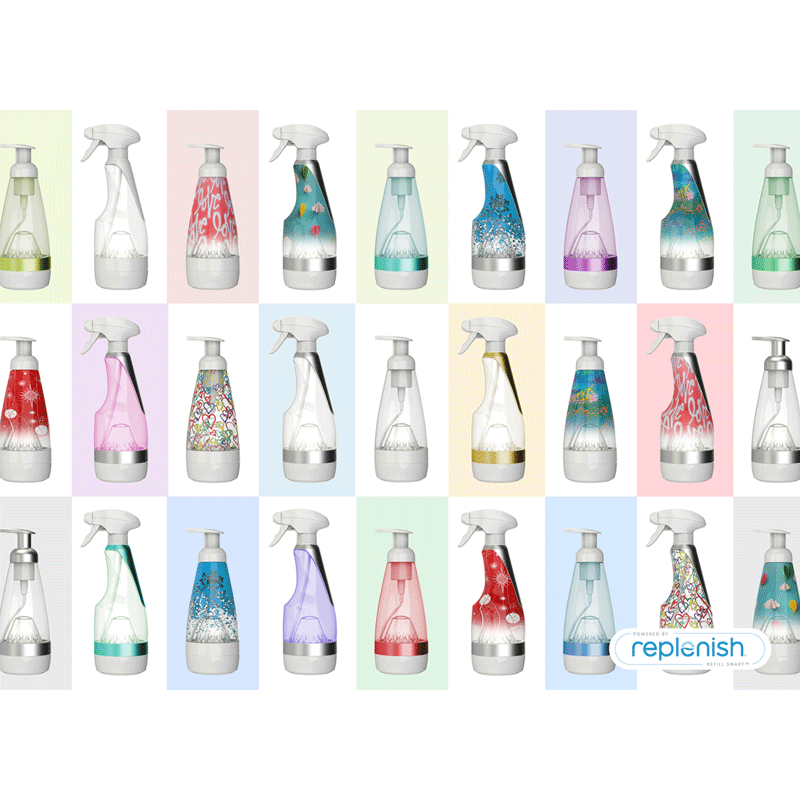Packaging waste 101: the solutions
What are the solutions?
Clearly, plastic packaging is a massive environmental problem.
That also means it’s a massive opportunity — particularly for companies that want to hit sustainability goals. But while today’s leading companies realize that what’s good for the environment is also good for business, it can be incredibly challenging to know how to address packaging waste in their supply chain.
Increase recyclable content
While making your products 100 percent recyclable is important, reusing material that has already been produced reduces the environmental costs of production and disposal.
- Join existing initiatives to reduce plastic use and waste in supply chains, such as Ellen MacArthur Foundation’s New Plastic’s Economy Global Commitment.
Standardize recycling labels on products
Refer to how2recycle to understand the standardization of labeling systems that clearly communicate recycling instructions to the consumers.
Identify areas to eliminate or reduce plastic in your supply chains
Invest in innovative ways to package goods that reduce plastic use and packaging waste
Hasbro, one of Amazon’s suppliers, illustrated leadership by working with Amazon’s Frustration-Free Packaging program by designing packaging that is made of 100 percent recyclable materials and easy to open.
Invest in better recycling infrastructure
Without adequate infrastructure, the majority of packaging waste goes to the landfill or gets dumped in the environment.
- In 2018, Amazon invested $10 million into the Closed Loop Fund, a project aimed at supporting recycling infrastructure in the United States. The Amazon recycling strategy is designed to make it easier for customers to recycle for the purpose of advancing the circular economy.
- Circulate Capital, the investment management firm dedicated to incubating and financing companies and infrastructure that prevent ocean plastic, just received $90 million in funding for its strategy to combat ocean plastic from several companies.
Engage with your suppliers
Communicate to your current suppliers about your environmental objectives to first unveil interest among your stakeholders. It is common that one of your suppliers is willing to work with you and leverage the relationship to become leaders in this space.
What companies are leading in this space?
Businesses around the world see the financial, community and environmental benefits to reducing packaging waste throughout the value chain. Here are some examples of businesses leading the way:
The Ellen MacArthur Foundation is a U.K.-based charity that aims to inspire the next generation to re-think, re-design and build a positive future through the framework of a circular economy. The organization describes the circular economy as “gradually decoupling economic activity from the consumption of finite resources, and designing waste out of the system.”
The foundation partnered with Replenish 3.0 and shared their story.
Replenish 3.0
Replenish wants to eliminate the waste of buying products in disposable bottles.
The problem
Many of the cleaning products we buy are mostly water with only a small amount of active ingredient. A typical bottle of cleaner is 90 percent water and less than 10 percent of actual valuable ingredients. Despite already having water in our homes, these products are packaged and shipped in disposable plastic bottles that are used only once and thrown away.
The inefficiency in how products are sold creates unnecessary shipping costs and loss of material value. In the United States, 35 billion plastic bottles are thrown away each year. Most end up in landfills, but many also leak into our oceans and wash up on our beaches.
The solution
Replenish 3.0 is a universal ‘packaging platform,’ a reusable bottle that attaches directly to a concentrate refill pod. The system can be used in most packaged liquid goods, from cleaners to beverages.
The packaging dispenses concentrate directly from a refill pod into a measuring cup inside a reusable bottle. The user just has to squeeze the refill pod until the measuring cup is full, turn over and add water. Replenish sell both their own products (99 percent plant-derived) and work together with other brands to incorporate their refill system to the collaborating brand’s products.
Everyone wins
For decades the way we consume detergents and other liquid products has been based on a linear model, resulting in valuable materials being landfilled or leaking into the environment. Replenish 3.0 attempts to address this, by creating a more circular design for the ubiquitous detergent bottle, that is durable, conserving valuable resources allowing the bottle to be reused again and again.
The result is a refill system that reduces energy, plastic waste and carbon dioxide emissions by 80-90 percent compared to one-use bottles and avoids the illogical need to transport water over great distances. For the customer it is empowering to be able to make a conscious purchasing choice which reduces their plastic footprint, as well as paying less for the products in the long term.
Further material: Youtube, Product demonstration
Continue with: Packaging waste 101: understand the landscape
